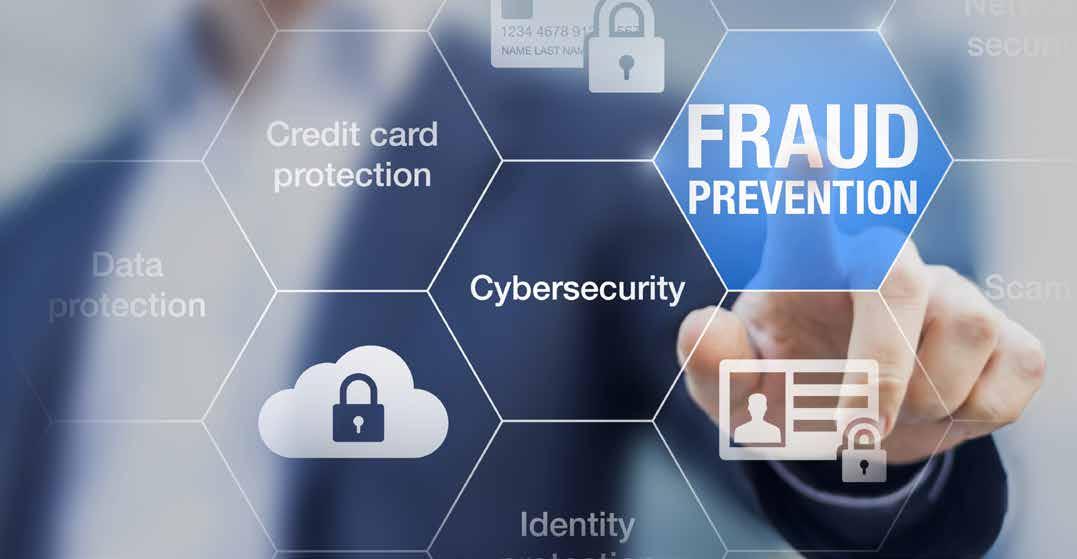
2 minute read
Management Corner - Preventing Invoice Fraud at Your Business
Management Corner
PREVENTING INVOICE FRAUD AT YOUR BUSINESS
If it can happen to Google, Amazon and Facebook, then it can happen to your business. These mega-corporations were all victims of business invoice fraud, resulting in millions of dollars lost through the payment of fraudulent invoices.
Business Invoice fraud, also referred to as business email compromise (BEC) has increased dramatically – over 350 percent – since the COVID-19 pandemic began, resulting in the loss of billions of dollars.
Fake invoice scams are a simple but effective way that criminals are stealing money from unsuspecting businesses. Scammers send fraudulent invoices to businesses for goods or services they never ordered, then pocket the payment. The scam succeeds mainly because the invoices look legitimate and unsuspecting employees who process them don’t look closely enough to see it’s not real. Every business, regardless of size, deals with numerous invoices every day, with more and more of these being received and paid electronically. This makes it easier for a fake invoice to slip through.”
There are some red flags to watch for the can help you spot invoice fraud. These criminals are smart. The invoices they send will look similar in format, and even in name, to legitimate invoices, but there are some warning signs you can look for if you are vigilant.
NAMES
Verify the company name and recipient name on each invoice. Criminals will often use a similar name or change just one letter in a name so it will slip by.
AMOUNT BILLED
Look at the amounts. Compare the amount billed with what was ordered. Be suspicious of evenly rounded amounts that are billed and duplicate amounts on an invoice.
OTHER NUMBERS
Examine other numbers on the invoice, such as account numbers, invoice numbers and addresses. This will often be off by one number or have a series of consecutive numbers, such as 12345 instead of a real account number or address.
LOGO
Check the logo on the invoice. Instead of normal invoice format, false invoices may have a logo in a white box that looks more pasted onto the form. Some may have a logo that looks close in design to one for a real company you do business with, but is slightly off.
Unfortunately, invoice fraud is becoming more common, and tougher to spot. Having a process in place for carefully screening invoices and getting approval by more than one person before invoices are paid, especially for electronic payments, is something that will help prevent financial loss from invoice fraud. It’s worth taking the extra time to protect your company’s finances.










